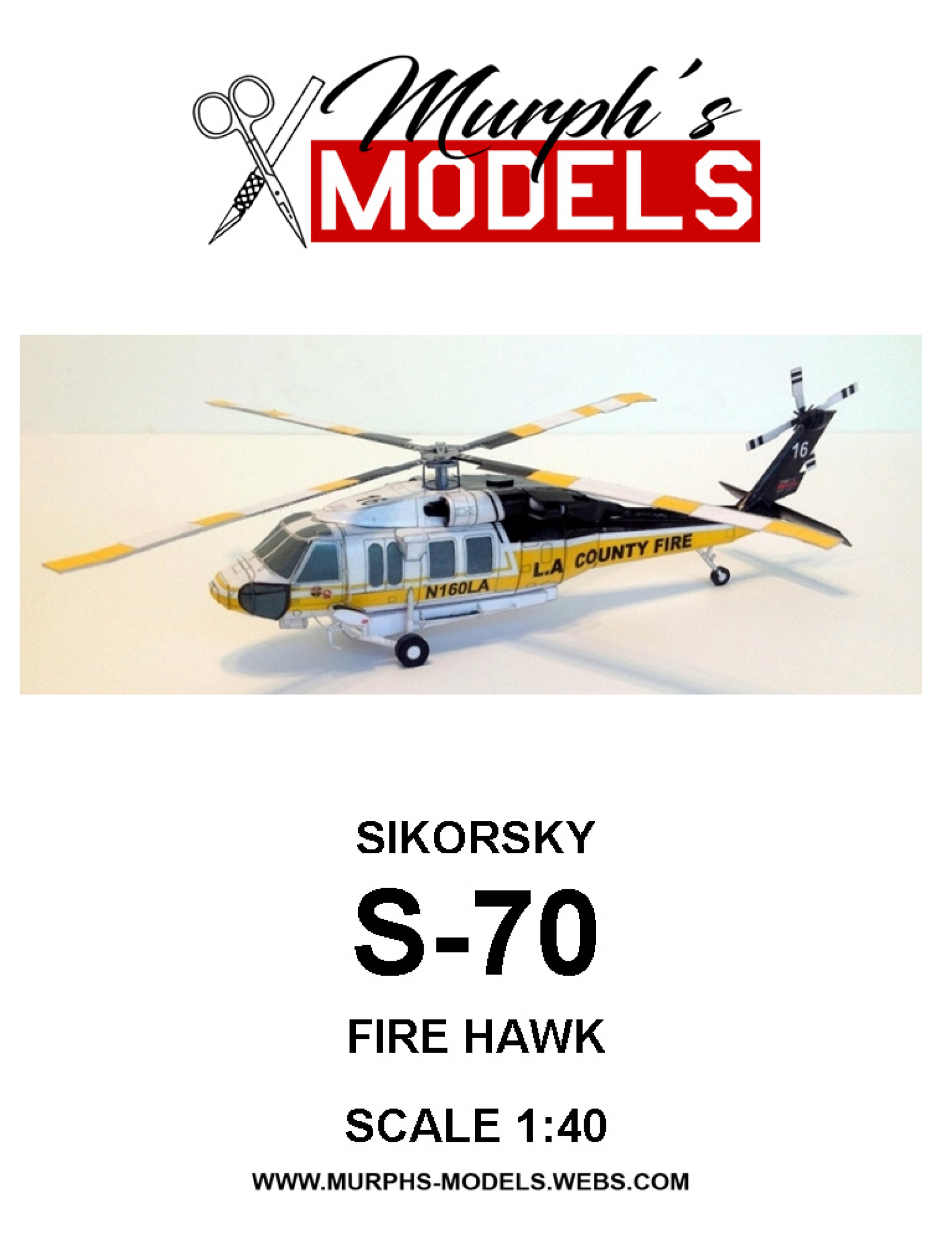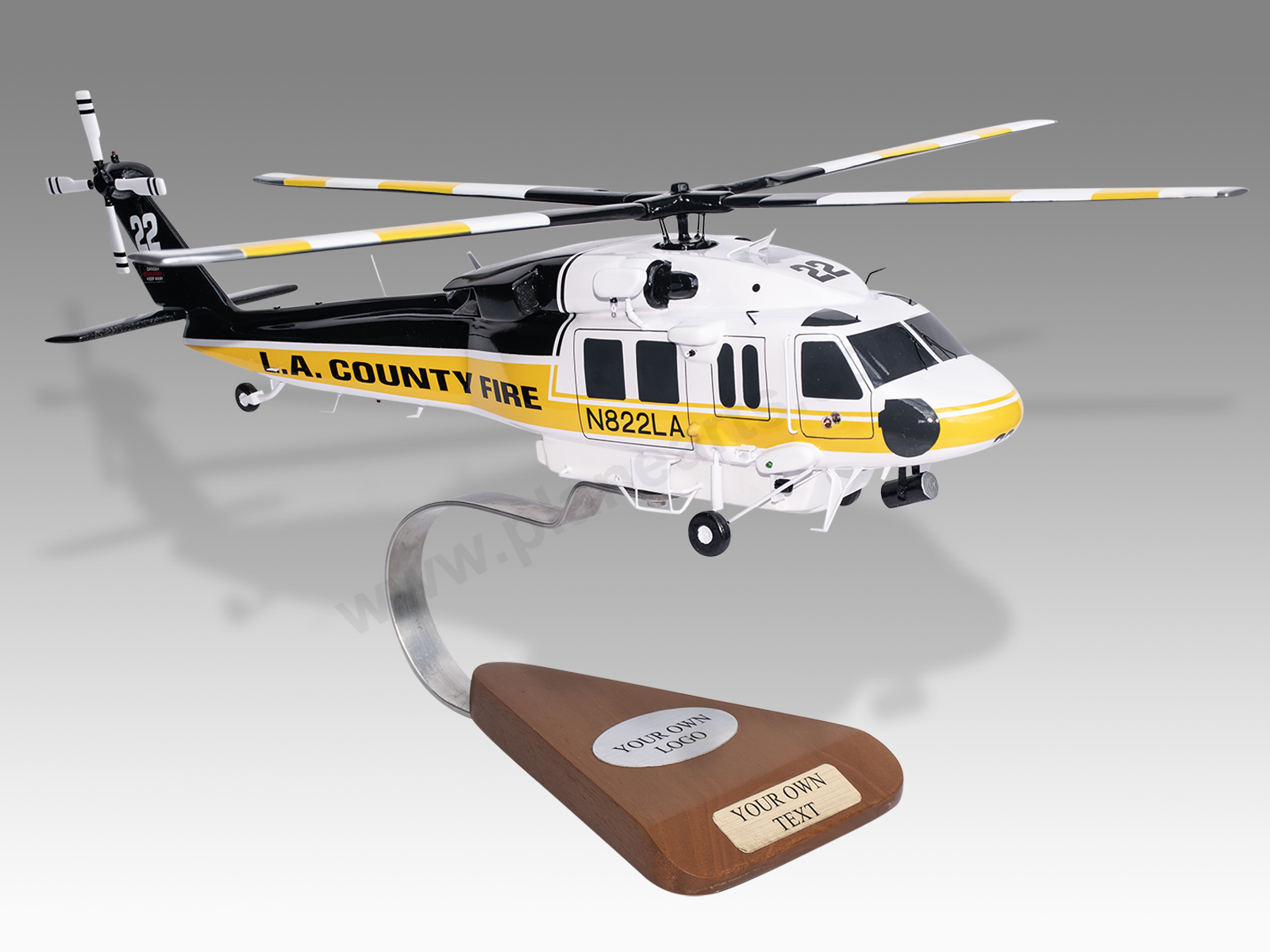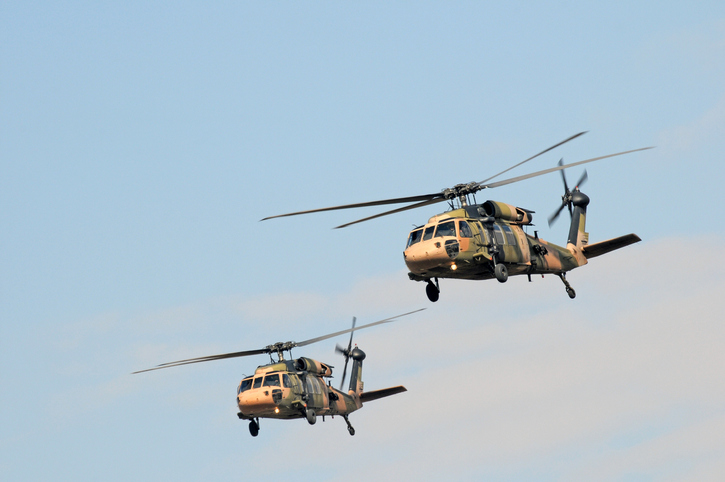High-Performance Multi-Role Rotorcraft Featuring Advanced Cabin Technologies and Integrated Sensing Unit Solutions
The world of rotorcraft modern technology has actually seen significant improvements in current times, particularly in the realm of high-performance multi-role rotorcraft geared up with innovative cabin technologies and perfectly integrated sensing unit systems. These technologies have not just augmented the operational capacities of rotorcraft however have actually additionally considerably impacted modern-day aviation operations on numerous fronts. From boosted objective flexibility to enhanced operational effectiveness, the convergence of advanced cabin innovations and incorporated sensor systems has introduced a new age of possibilities for rotorcraft applications. In the adhering to conversation, we will discover the development of rotorcraft innovation, look into the realm of innovative cabin innovations, and check out the implications of incorporated sensing unit systems on the functional versatility and performance of contemporary rotorcraft.
Evolution of Rotorcraft Modern Technology
The evolution of rotorcraft modern technology has actually been marked by substantial innovations in the rules of aerodynamics, products, and propulsion systems, shaping the abilities and performance of modern-day rotorcraft. Wind resistant renovations have boosted the efficiency and maneuverability of rotorcraft, permitting raised rate, dexterity, and security throughout trip (sikorsky s 70). Technologies in materials, such as the usage of composite materials and advanced alloys, have resulted in lighter yet stronger rotorcraft structures, boosting total performance and toughness. Furthermore, innovations in propulsion systems, consisting of more powerful engines and innovative propulsion technologies, have actually enabled rotorcraft to achieve greater altitudes, faster speeds, and higher payloads.
These advancements have not just transformed the capabilities of rotorcraft yet have actually additionally expanded their applications across different markets, including armed forces, business, and emergency situation solutions. The continuous evolution of rotorcraft innovation continues to drive technology in the field, pressing the borders of what is possible and shaping the future of vertical trip.
Advanced Cockpit Innovations
Building upon the fundamental developments in aerodynamics, materials, and propulsion systems, the world of rotorcraft innovation currently moves focus towards introducing Advanced Cabin Innovations. The assimilation of sophisticated technologies within the cockpit environment plays a crucial role in enhancing the operational capabilities, security, and performance of contemporary rotorcraft. sikorsky s 70. Advanced Cockpit Innovations encompass a broad selection of features made to provide pilots with boosted situational understanding, structured information monitoring, and instinctive control user interfaces
Among the essential improvements in cabin layout is the application of glass cabins, which change conventional analog determines with high-resolution screens. These electronic systems provide customizable formats, real-time information combination, and boosted readability, allowing pilots to accessibility essential information at a glimpse. Advanced avionics systems, such as fly-by-wire controls and augmented truth displays, are reinventing how pilots communicate with the aircraft, allowing for exact control and enhanced decision-making capacities.


Including innovative cockpit innovations not just enhances pilot efficiency but also adds to general objective performance and security in intricate operational environments. By leveraging state-of-the-art modern technologies within the cabin, rotorcraft producers are setting brand-new requirements for operational excellence and mission success.
Integrated Sensing Unit Solutions
With the evolution of rotorcraft modern technology, the integration of sophisticated Integrated Sensing unit Solution has become extremely important in boosting operational performance and safety. These Integrated Sensor Systems encompass a vast range of modern technologies that provide essential information for different features such as navigating, security, targeting, and environmental monitoring. By flawlessly incorporating sensing units like radars, cams, lidar, and infrared systems right into rotorcraft, drivers can profit from enhanced situational recognition, boosted mission capabilities, and reduced pilot work.
One trick advantage of Integrated Sensing unit Equipments is their ability to gather real-time data and give actionable insights to pilots and objective drivers. Progressed radar systems can spot and track targets over long ranges, allowing for very early risk detection and efficient response preparation. Furthermore, integrating infrared and electro-optical video cameras enables rotorcraft to carry out reconnaissance and surveillance goals with accuracy and precision.
Essentially, the assimilation of advanced sensor innovations into rotorcraft not just improves operational performance however additionally contributes dramatically to general goal success and staff safety. As rotorcraft remain to advance, the duty of Integrated Sensor Solution will unquestionably continue to be at the leading edge of development in the aerospace industry.
Operational Convenience and Efficiency
Enhancing operational flexibility and effectiveness in rotorcraft is an all-natural progression from the integration of advanced Integrated Sensing unit Systems. By leveraging the data and insights given by these innovative sensor systems, rotorcraft can maximize their efficiency across various goals and environments.
Functional flexibility encompasses the ability of rotorcraft to adjust to various duties and circumstances efficiently. With sophisticated cabin innovations and integrated sensing unit systems, rotorcraft can perfectly shift in between tasks such as search view publisher site and rescue, clinical discharge, security, and a lot more. This versatility improves the rotorcraft's ability to satisfy varied functional needs without requiring considerable reconfiguration.
Performance in rotorcraft procedures is crucial for taking full advantage of mission effectiveness and source usage. Integrated sensing unit systems play a critical function in improving operational efficiency by giving real-time information on weather problems, surface mapping, target tracking, and extra. This data allows pilots to make educated decisions quickly, optimize trip courses, conserve fuel, and boost total goal efficiency.
Influence On Modern Aviation Operations

Furthermore, the combination of advanced sensors promotes improved objective preparation and implementation, allowing rotorcraft to execute a vast array of tasks with improved accuracy. From search and rescue operations to aerial firefighting and law enforcement missions, the capacities of modern-day rotorcraft furnished with innovative cabin technologies and incorporated sensing unit systems are exceptional.
Moreover, the impact of these advancements extends beyond operational effectiveness to cost-effectiveness and sustainability. By optimizing trip courses, gas usage, and maintenance schedules, high-performance rotorcraft geared up with innovative cockpit modern technologies and sensing units add to decreasing functional costs and environmental effect, making them important assets in contemporary aeronautics procedures.
Conclusion
To conclude, the high-performance multi-role rotorcraft with advanced cockpit innovations and integrated sensing unit systems represents a substantial evolution in aeronautics modern technology. These technologies boost operational adaptability and efficiency, inevitably influencing modern air travel procedures in a favorable method. The assimilation of these innovative technologies permits for enhanced capacities and performance in various objective scenarios, showcasing the proceeded advancement of rotorcraft technology in the air travel sector.
The realm of rotorcraft technology has seen significant innovations in recent times, especially in the realm of high-performance multi-role rotorcraft furnished with innovative cockpit innovations and perfectly integrated sensor systems. From boosted objective adaptability to improved functional performance, the merging of sophisticated cabin modern technologies and incorporated sensing unit systems has actually ushered in a brand-new era of possibilities for rotorcraft applications. In the adhering to conversation, we will explore the development of rotorcraft technology, dive into the world of sophisticated cabin developments, and take a look at the implications of integrated sensing unit systems on the operational flexibility and efficiency of modern-day rotorcraft.
